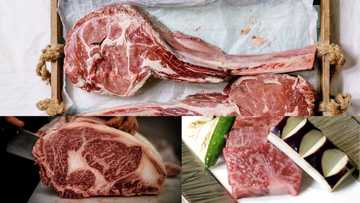Sushi vs Sashimi: Why they are not the same and how to choose
When it comes to Japanese cuisine, two of the most popular dishes that often confuse diners are sushi and sashimi. Although these foods are frequently referenced together, they are not identical despite some similarities. Explore the differences between Sushi vs Sashimi.
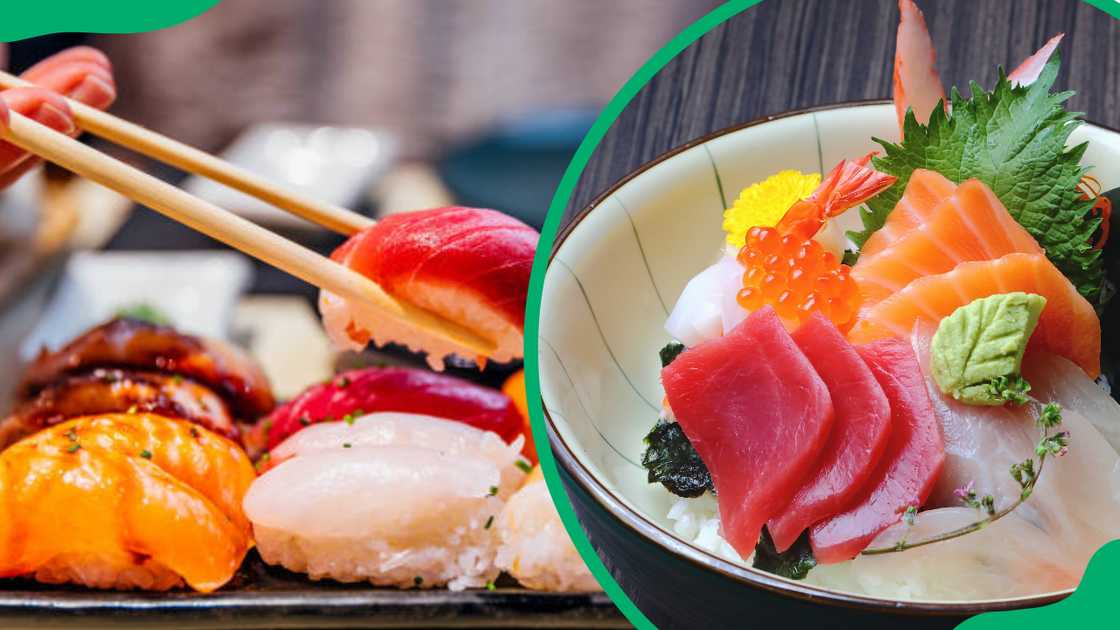
Source: Getty Images
TABLE OF CONTENTS
If you have ever wondered what the difference is between sushi and sashimi or which is healthier, this guide will help you understand. We will help you determine which food is perfect for your next meal.
Sushi vs Sashimi
When comparing these meals, it is important to know that the two are fundamentally different in composition. In a nutshell, Sushi is served with rice, and Sashimi without rice. Here is an explanation for both dishes:
What is sushi?
The term "sushi" refers to vinegared rice with a tangy flavour from the rice vinegar, sugar, and salt mixture. This rice serves as the dish's base and can be topped with various raw and cooked items.
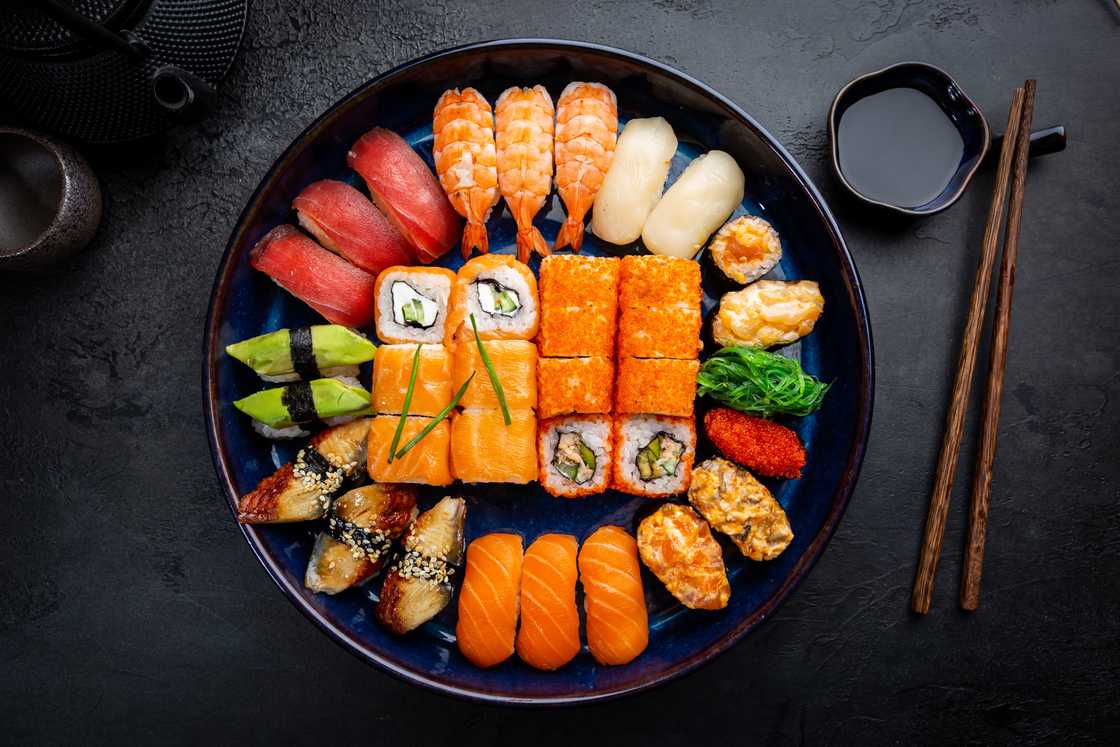
Source: Getty Images
According to California Rollin, traditional sushi consists of vinegar rice, veggies, seaweed wraps, and raw fish such as tuna, salmon, or mackerel. It can also include cooked fish, veggies, and other proteins such as eggs or tofu.
The meal is commonly served in several styles, including maki (rolled sushi with seaweed), nigiri (a slice of fish on a small ball of rice), and uramaki (inside-out rolls with the rice on the outside).
Contrary to popular perception, not all sushi includes fish. What distinguishes the meal is the rice rather than the fish.
The meal is a popular cuisine around the world. People have often expressed their enthusiasm for the dinner, as ranting_chef states on Reddit:
"I think most of us on this sub have the same problem. I keep a mental total of how much I spend on sushi, and when I approach a number that starts to freak me out, I stop. For a few days. Well, at least a couple of days. Definitely, at least one day. But I can stop anytime."
What is sashimi?
Sashimi is thin slices of raw fish or seafood eaten without rice or other components such as seaweed or vegetables. The emphasis is solely on the quality and flavour of the fish itself. Tuna, salmon, octopus, and shrimp are some of the most prevalent forms of sashimi, says Gurunavi.
Because sashimi is merely raw fish, it must be of the utmost quality and freshness. The best one is labelled "sashimi grade" and comes from suppliers who treat the fish with the utmost care. This is one reason why sashimi is more expensive than sushi.
This meal, on the other hand, is not officially a form of sushi despite its frequent appearance on sushi menus
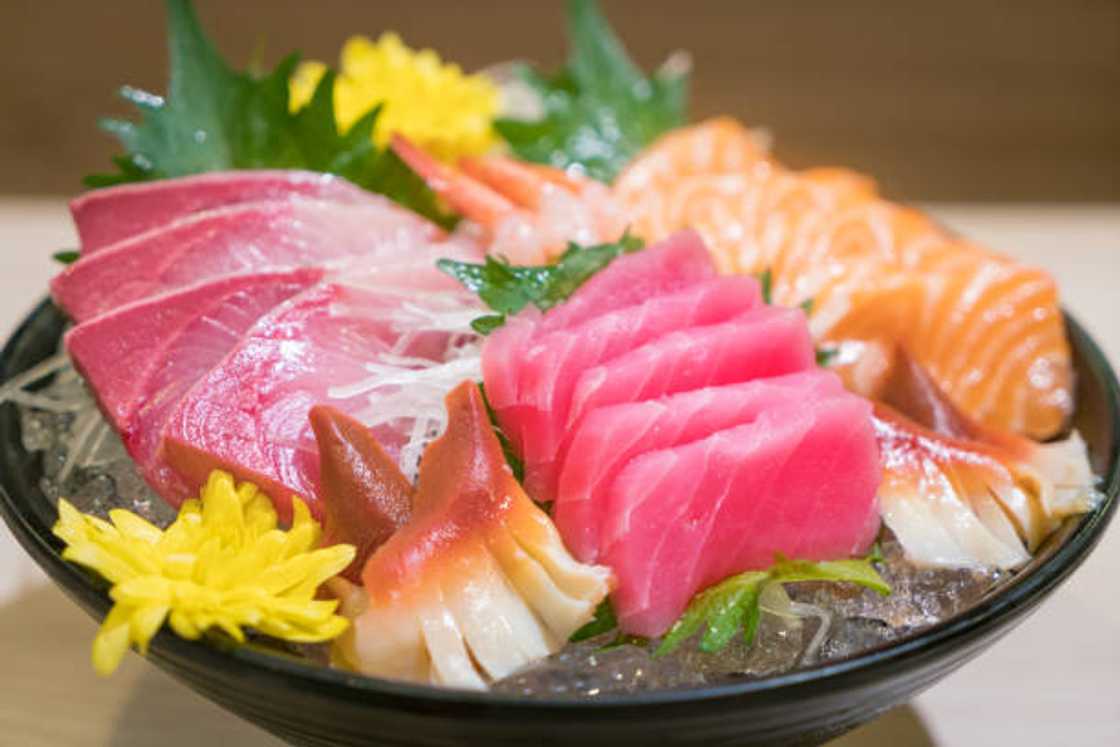
Source: Getty Images
What is the difference between sushi and sashimi?
In essence, sushi is defined by its vinegared rice, whereas sashimi focuses on raw, high-quality fish. Sushi may or may not contain raw fish, but it always includes rice, whereas the latter is only raw fish or seafood and never contains rice. To clarify further:
- Sushi: Includes rice, and it can feature both raw and cooked ingredients.
- Sashimi: Solely raw fish, sliced thinly, and served without rice.
Is sashimi healthier?
Sashimi has fewer calories and carbohydrates because it is made entirely of raw salmon and has no rice or other components. This makes it an excellent choice for people seeking a high-protein, low-carbohydrate dinner.
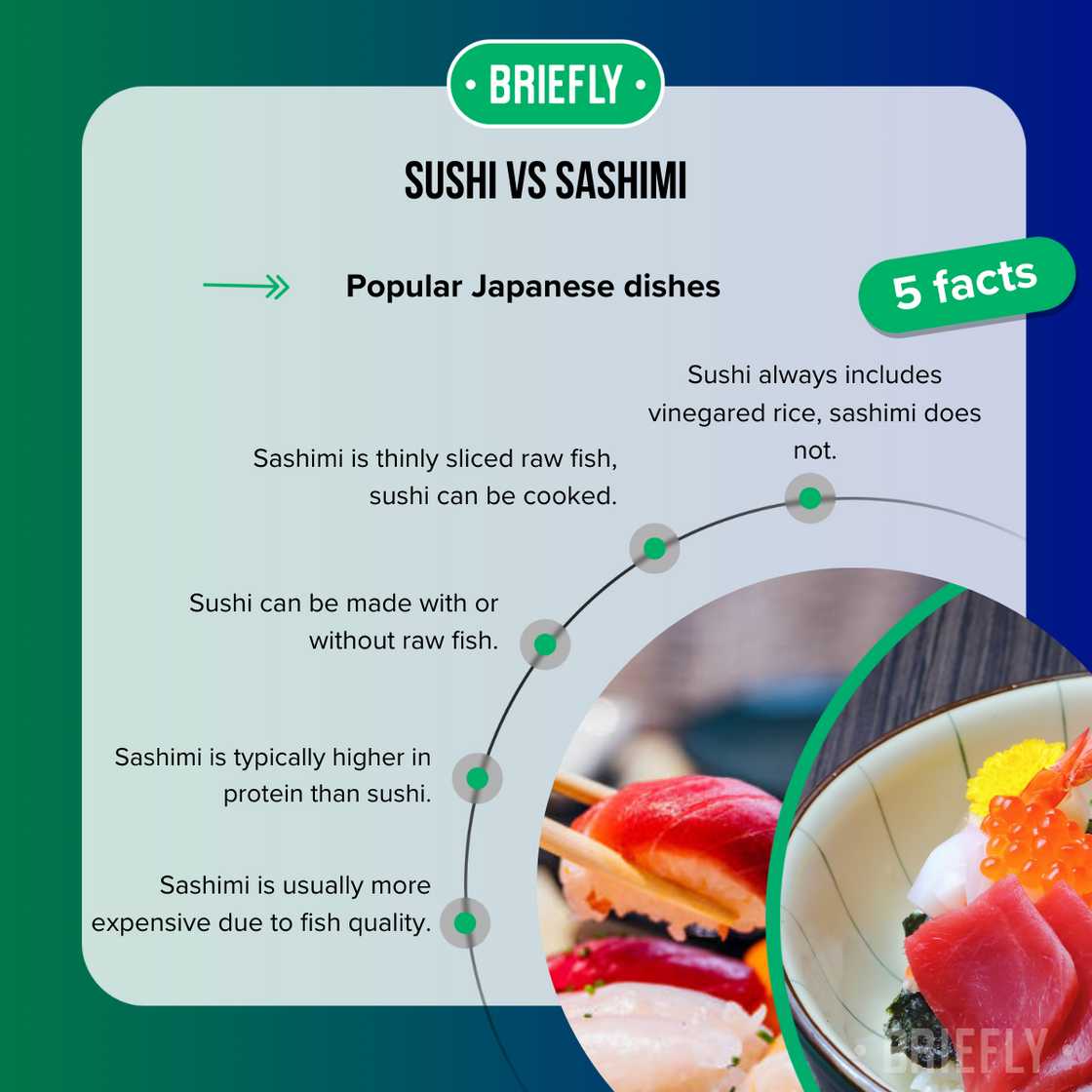
Source: Original
However, Sashimi is also determined by the sort of fish utilised. According to Seafood Health Facts, fattier ones, such as salmon and tuna, might be more calorie-dense than leaner options like white fish. Salmon and tuna are also rich in omega-3 fatty acids, which are beneficial for heart health.
Sushi, while nutritious, incorporates rice, which contributes carbohydrates and calories to the dish. However, it contains rice, which gives energy, and when combined with vegetables or lean proteins, it can be a balanced and nutritious meal.
Sushi vs sashimi taste
Another notable distinction between the two meals is their taste. The vinegared rice in sushi adds a moderate sourness to the meal, which complements the other elements, whether they are raw fish, cooked, or veggies. This makes it a diverse cuisine in which the rice serves as a neutral backdrop, allowing the flavours of the toppings to stand out.
In comparison, sashimi provides a more pure fish experience. Without rice or other additives, it emphasises the delicate flavours and textures of the fish itself. As a result, sashimi is frequently served with basic condiments like soy sauce, wasabi, or ponzu sauce to enhance the flavour without overpowering the fish.
Why is sashimi more expensive?
As previously stated, one of the primary reasons why sashimi is more expensive is the quality and freshness required for sashimi-grade fish. Because sashimi is taken raw, with no rice or other components to disguise any flaws, the fish must be of the finest quality.
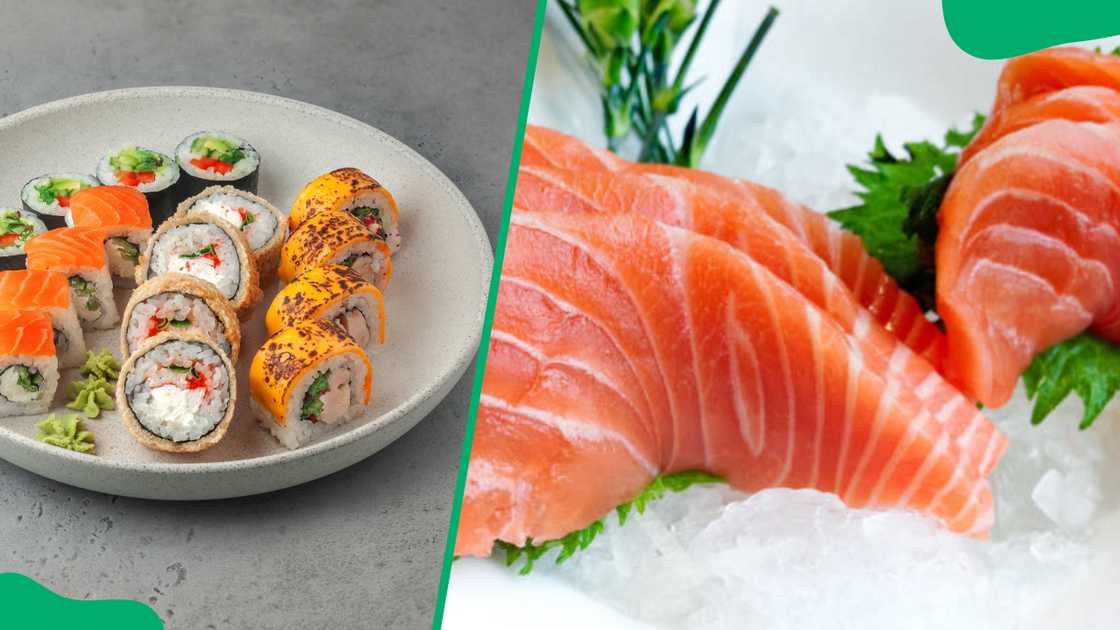
Source: Getty Images
Sushi, on the other hand, allows for greater ingredient flexibility. While high-grade fish remains crucial, the addition of rice, veggies, and other ingredients makes it more adaptable and less dependent on the flawless quality required for sashimi.
Sushi vs nigiri
According to Spruce Eats, nigiri is a tiny, hand-pressed pile of vinegared rice topped with a slice of raw or cooked fish. Unlike maki rolls, nigiri lacks seaweed and extra ingredients, making it a simpler and more polished form of sushi. Although nigiri is less complex in terms of components, it is still considered sushi because it contains rice.
Frequently asked questions
When picking between the two meals, think about your flavour, texture, and nutritional preferences. Here are some frequently asked questions concerning the meals.
- Does all sushi have fish? Not all have fish.
- How do you choose sashimi? Examine the fish's appearance: bright, clear eyes, shiny skin, and a firm structure. Check for correct handling and storage to ensure freshness. Choose fish that have been adequately frozen to reduce the possibility of parasites.
- What is special about sashimi? It is made with very thinly sliced raw fish or seafood.
Both dishes have unique qualities. Whether you choose sushi or sashimi depends on your taste preferences, nutritional needs, and desired dining experience.
READ ALSO: Cappuccinos menu and updated prices in South Africa
Briefly published an article about the Cappuccino's menu and updated prices in South Africa. Their menu offers everything from hearty breakfast classics to filling lunch platters and decadent desserts, guaranteeing something for everyone.
Source: Briefly News

